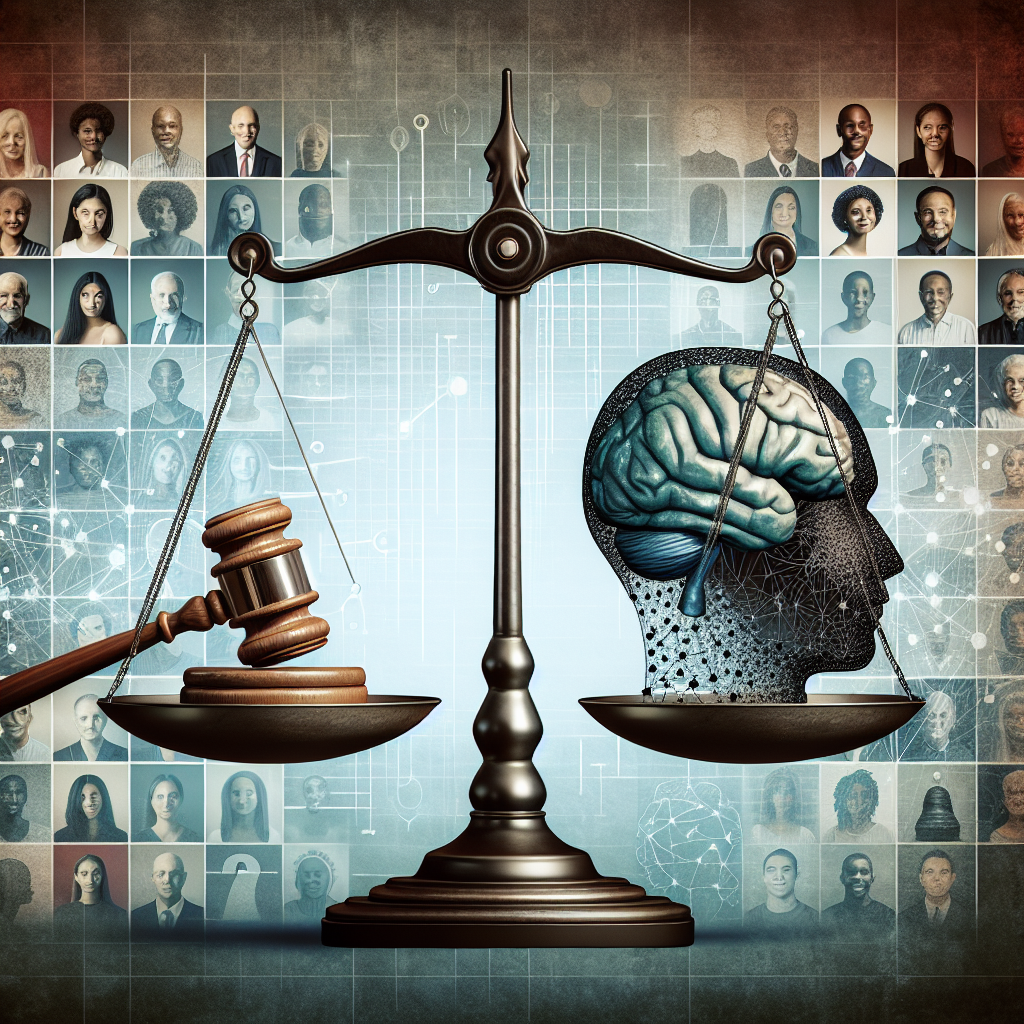Introduction
Imagine a courtroom where the outcome of a case could hinge on the perspectives and biases of twelve strangers. This is the reality of jury selection—an intricate dance of psychology, strategy, and legal acumen. In the nuanced field of criminal and civil trials, the phrase Justice in the Balance: The Art and Science of Jury Selection encapsulates the high stakes involved. Successfully assembling a jury that aligns with a client’s narrative could mean the difference between victory and defeat. This article dives deep into this fascinating intersection of art and science, unraveling the strategies, methodologies, and case studies that underline the importance of an informed jury selection process.
Understanding the Importance of Jury Selection
The Role of the Jury in the Legal System
Juries serve as the voice of the community, interpreting evidence and delivering verdicts based on their understanding of the law. This collective conscience is pivotal in ensuring that justice is not just served but is perceived to be served. The jury’s decision ultimately reflects societal values, making the selection process crucial.
The Challenges in Jury Selection
Selecting a jury involves navigating through biases, assumptions, and societal influences that can sway the opinions of jurors. Attorneys must approach this task with a keen understanding of human psychology and the dynamics of group behavior.
The Art of Jury Selection: Crafting the Narrative
Understanding Juror Psychology
At its core, successful jury selection hinges on understanding juror psychology. Different individuals bring varying backgrounds, experiences, and perceptions to the jury box.
-
Implicit Bias: Studies show that biases—both conscious and unconscious—can greatly influence jurors’ perspectives. Recognizing and addressing these biases is a critical component of the selection process.
- Community Representation: The jury should reflect a cross-section of the community, which not only furthers the cause of justice but instills trust in the judicial process.
Case Study: The O.J. Simpson Trial
The infamous O.J. Simpson trial serves as a prime example of how jury composition can sway public perception and trial outcomes. The jury, composed mainly of African American jurors, resonated with Simpson and brought in cultural biases that impacted their view on race and justice. This case illustrates the complexities of race and juror identity in the courtroom.
The Science of Jury Selection: Data-Driven Strategies
The Use of Voir Dire
One of the most powerful tools in jury selection is a process known as voir dire, which allows attorneys to interview potential jurors.
-
Questionnaire Design: Crafting creative and open-ended questions is vital. Questions about biases, life experiences, and opinions on the case can reveal much about potential jurors’ inclinations.
- Analyzing Responses: Data from previous cases can be used to predict how certain demographics may lean. For example, individuals with certain educational backgrounds might interpret evidence differently than others.
Case Study: The McDonald’s Hot Coffee Case
In the infamous spilled coffee case, jurors were presented with evidence that not only illustrated the extent of the injuries sustained by the plaintiff but also how the McDonald’s corporation had prioritized profits over safety. During voir dire, the plaintiff’s attorney focused on jurors who could empathize with product safety and consumer rights, leading to a substantial jury award.
Best Practices in Jury Selection
Balancing Art and Science
While data and methodologies form a backbone for jury selection, the "art" aspect cannot be overlooked.
-
Storytelling: Attorneys need to craft narratives that resonate with jurors. A well-told story can evoke emotions and biases that align with a client’s case.
- Trust-Building: Establishing credibility and rapport during voir dire is vital. Jurors who feel a connection with an attorney are more likely to advocate for their position.
Evaluating Jury Composition
After the selection process, assessing the final jury is essential.
-
Demographic Analysis: Key factors to analyze include age, gender, race, and socio-economic background, as they can influence juror perception and decision-making.
- Past Verdicts: Understanding how similar jurors have ruled in previous cases can inform strategies for approaching arguments and evidence presentation.
The Impact of Technology in Jury Selection
As technology advances, so too does the landscape of jury selection.
Data Analytics
Modern tools allow attorneys to analyze juror backgrounds more efficiently.
-
Social Media Insights: Insights derived from social media platforms can unveil juror attitudes and beliefs that may not be captured in traditional questionnaires.
- Predictive Analytics: Sophisticated algorithms can predict how jurors might vote based on demographic data and past cases.
Conclusion
The phrase Justice in the Balance: The Art and Science of Jury Selection holds immense weight. The ability to select a jury that not only understands the case but empathizes with the perspective being presented is paramount. As attorneys blend psychological insights with data-driven strategies, the effectiveness of jury selection will continue to evolve.
The takeaway for legal professionals is clear: prioritize informed, strategic jury selection to enhance chances of favorable outcomes and uphold the integrity of the justice system.
FAQs
1. What is the purpose of jury selection in a trial?
Jury selection aims to choose impartial jurors who can evaluate evidence fairly and come to an unbiased verdict.
2. How does implicit bias affect jury decisions?
Implicit bias can sway jurors’ interpretations of evidence or testimonies based on personal experiences or societal stereotypes, potentially leading to unfair outcomes.
3. What role does voir dire play in jury selection?
Voir dire allows attorneys to question potential jurors to uncover biases and preferences that may influence their decision-making in the case.
4. Can technology help improve jury selection?
Yes, technology can assist attorneys in analyzing juror data and generating insights that lead to more informed choices in jury composition.
5. How can attorneys build rapport with jurors during selection?
Attorneys can build rapport by engaging in open dialogue, demonstrating understanding, and fostering trust, which makes jurors more likely to connect with their case narratives.
By understanding and applying both the art and science of jury selection, legal professionals can significantly impact the justice served within their courtroom arenas.

